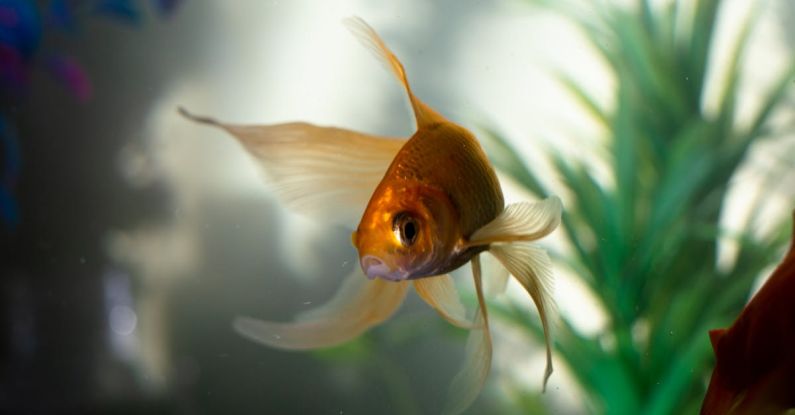Aquarium Basics: Setting up Your First Fish Tank
Setting up your first fish tank can be an exciting and rewarding experience, but it requires careful planning and consideration to ensure the health and well-being of your aquatic pets. From selecting the right tank size to choosing compatible fish species, there are several key factors to keep in mind when embarking on this aquatic adventure.
Choosing the Right Tank Size
The first step in setting up your first fish tank is selecting the right tank size. The size of your tank will depend on the number and type of fish you plan to keep. A general rule of thumb is to allow one gallon of water per inch of fish, but it is essential to research the specific requirements of the fish species you wish to house. A larger tank provides more stable water conditions and allows for a greater variety of fish species.
Selecting the Right Location
Once you have chosen the appropriate tank size, the next step is to select the right location for your fish tank. It is essential to place the tank away from direct sunlight and drafts to prevent fluctuations in water temperature. Additionally, ensure that the tank is placed on a sturdy, level surface to prevent any potential accidents.
Setting up the Tank
Before adding any fish, it is crucial to set up the tank properly. Start by rinsing the tank and any decorations thoroughly with water – avoid using soap or chemical cleaners, as they can be harmful to fish. Next, add a layer of substrate to the bottom of the tank, such as gravel or sand, and arrange any decorations or plants as desired.
Filtration and Heating
Proper filtration is essential for maintaining a healthy aquatic environment for your fish. Invest in a high-quality filter that is appropriate for the size of your tank and follow the manufacturer’s instructions for installation and maintenance. Additionally, consider installing a heater to maintain a consistent water temperature, as most tropical fish species require water temperatures between 75-80 degrees Fahrenheit.
Cycling the Tank
Before adding any fish to your tank, it is crucial to cycle the tank to establish a stable nitrogen cycle. This process involves the growth of beneficial bacteria that will break down harmful waste products produced by fish. To cycle your tank, add an ammonia source, such as fish food, and monitor the water parameters regularly. Once the water tests indicate that the cycle is complete, you can begin adding fish to your tank.
Choosing Compatible Fish Species
When selecting fish for your tank, it is essential to choose species that are compatible in terms of size, temperament, and water requirements. Research the specific needs of each fish species to ensure that they can coexist peacefully in the same tank. Avoid overcrowding your tank, as this can lead to stress and aggression among fish.
Maintaining Water Quality
Proper water quality is crucial for the health of your fish. Regular water testing and partial water changes are necessary to remove excess waste and maintain stable water parameters. Additionally, clean the tank and filter regularly to prevent the buildup of harmful bacteria and algae.
Observing and Monitoring
Once your fish tank is set up and stocked with fish, take the time to observe and monitor your fish regularly. Pay attention to their behavior, appetite, and overall appearance to ensure they are healthy and thriving in their new environment. Be prepared to make adjustments as needed to maintain a harmonious and balanced ecosystem.
In conclusion, setting up your first fish tank requires careful planning and attention to detail to create a thriving aquatic environment for your fish. By following these essential steps and guidelines, you can enjoy the beauty and tranquility of a well-maintained aquarium in your home.






